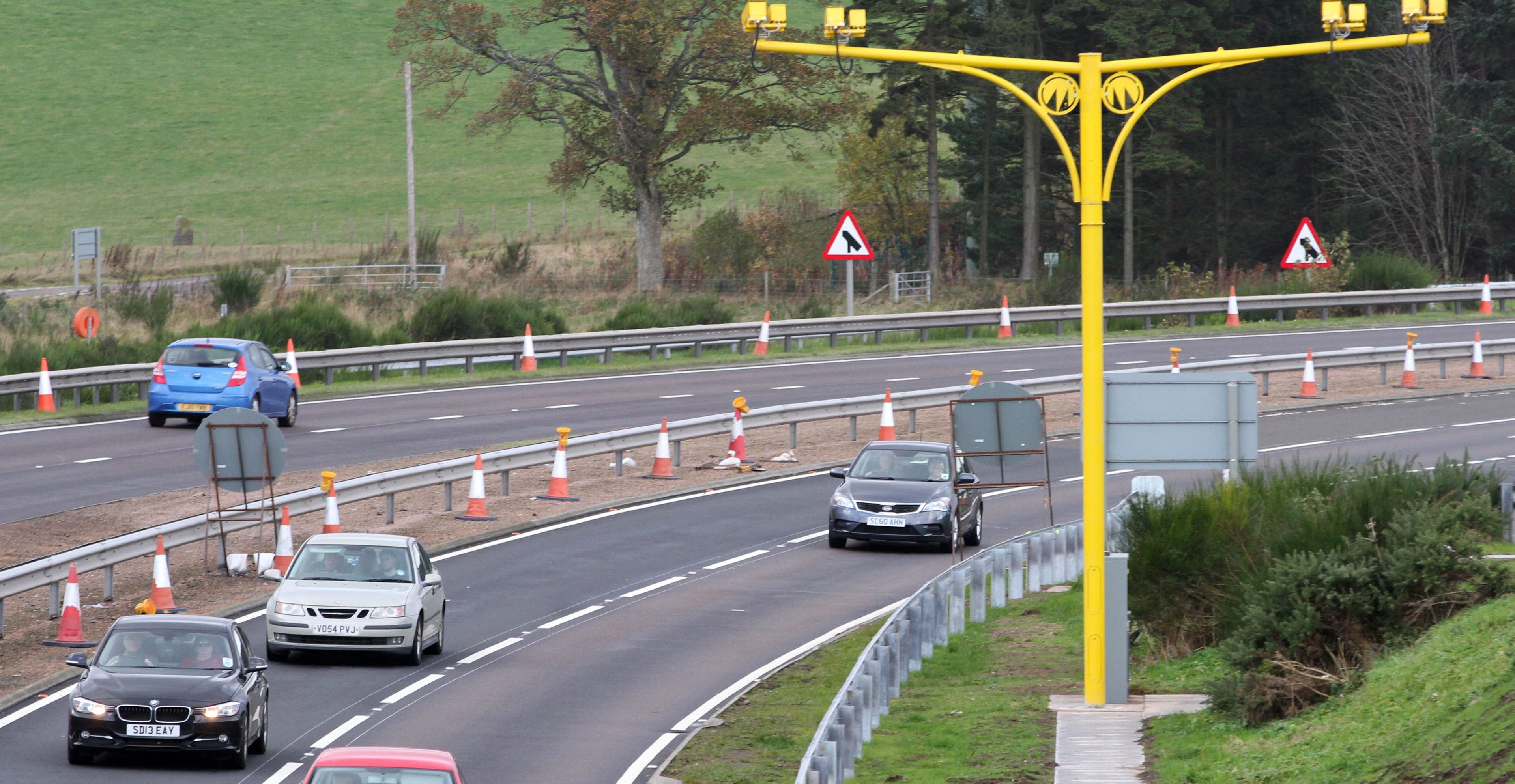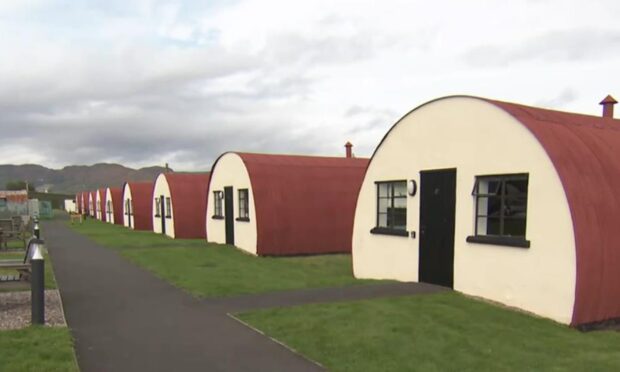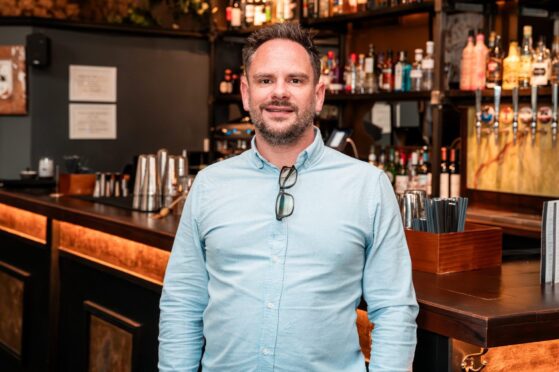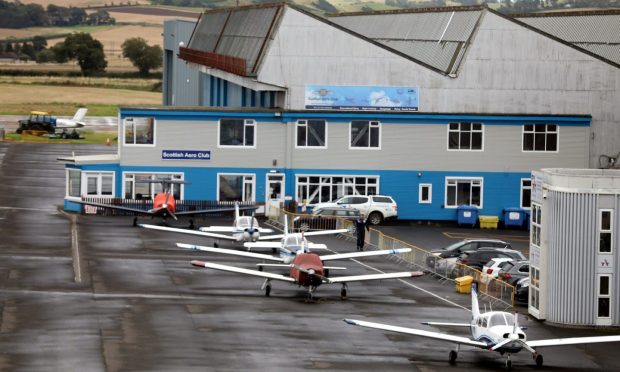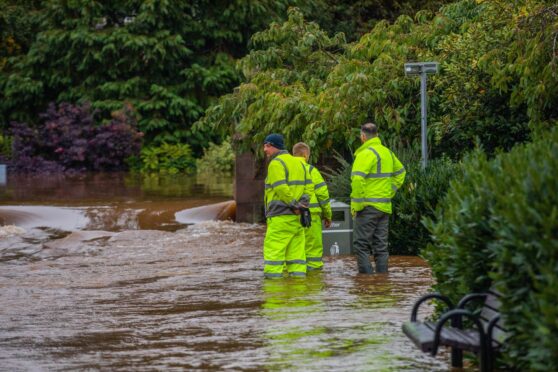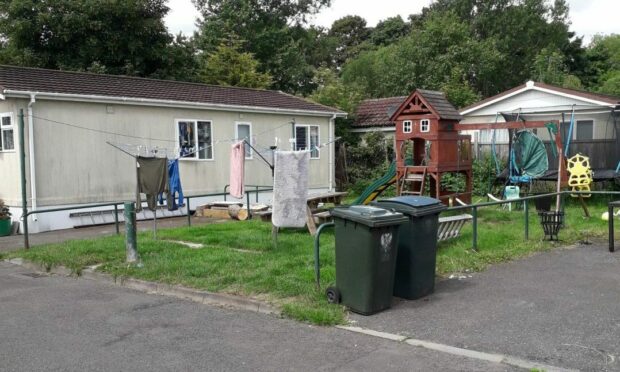Deaths on the A9 between Dunblane and Inverness have almost halved since average speed cameras were introduced four years ago, new figures have revealed.
Latest statistics show there were 14 fatalities on the route between Dunblane and Inverness between November 2014 and October 2017, compared with 24 between 2011 and 2013.
However, the number of collisions which caused the deaths reduced by just four, from 17 to 13.
16 fewer people were seriously injured, including two fewer on the stretch between Dunblane and Perth, and 14 on the much more notorious Perth to Inverness section.
Between 2011 and 2013 there were 60 people seriously injured and 268 slightly injured in 168 crashes.
There were 198 people slightly injured and 44 people seriously injured in 135 collisions, according to the 2014 to 2017 figures.
Scottish Government Transport Minister Humza Yousaf welcomed the figures.
He said: “Behind every statistic lies a tragic story and one of devastation for the families of those involved.
“We should never lose sight of that and we will never be complacent when it comes to road safety.
“My thoughts are first and foremost with those who have lost loved ones or been seriously injured in road accidents.
“However I also have to pay tribute to the work of the A9 Safety Group and recognise that the speed cameras – which were initially heavily criticised in some quarters – have undoubtedly made the A9 safer.
“The work of the group will of course continue and with work on the A9 dualling programme progressing I am confident the route will continue to be a safer place.”
The latest publication marks the conclusion of a three-year reporting period allowing for a detailed comparison with the 2011 to 2013 baseline period.
Luke Graham, conservative MP for Ochil and South Perthshire, said: “Although we still see too many deaths taking place on the A9, where even one death is too many, I welcome the fact that the number of deaths on the A9 has reduced.
“I hope to see this trend continue and I look forward to working with Transport Scotland on further future initiatives to help reduced this trend further.”
As well as introducing average speed cameras, the route has been put under a trial 50 mph limit for lorries on single carriageways between Perth and Inverness.
Stuart Wilson, A9 Safety Group chairman, said: “Now that we are in possession of three years of comprehensive data we can paint a more detailed picture of the improvements we’ve seen as a direct result of the speed cameras, various campaigns, and HGV pilot.
“In addition to the most important point that fatalities and serious injuries have dropped by a significant margin, figures on speeding, journey time, incidents and traffic volumes continue to show a long-term sustained change in driver behavior, which is extremely encouraging.”
